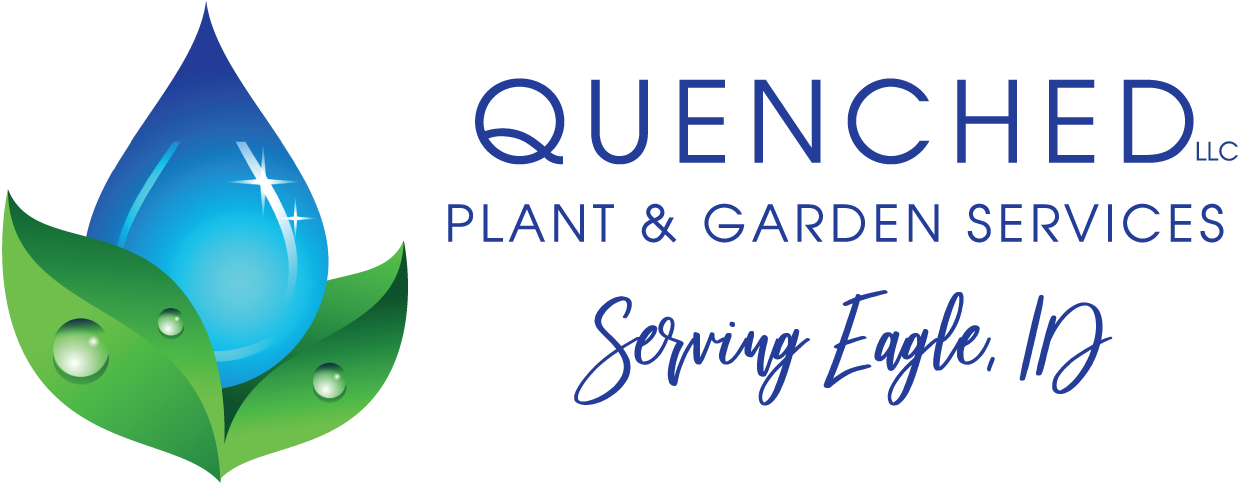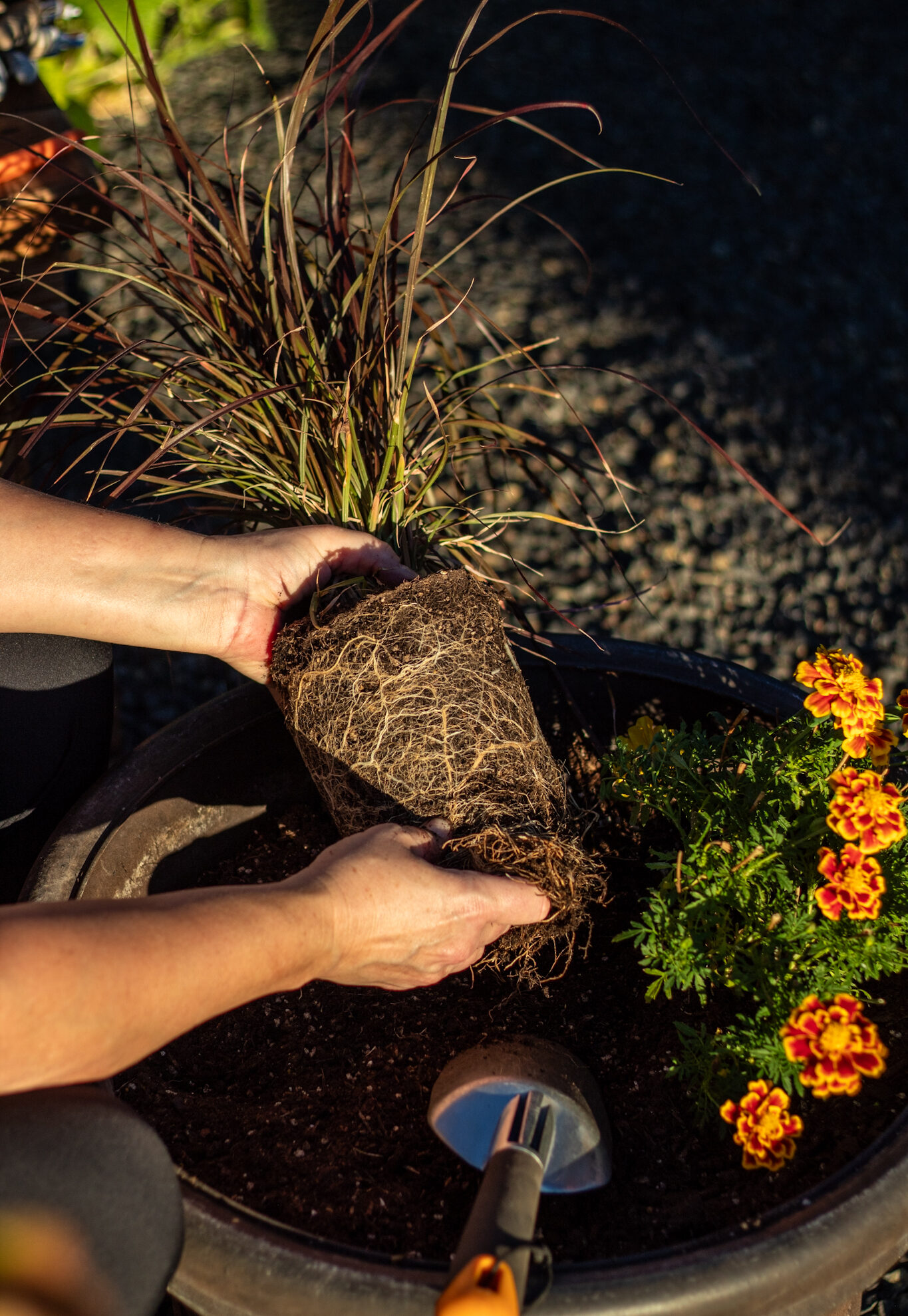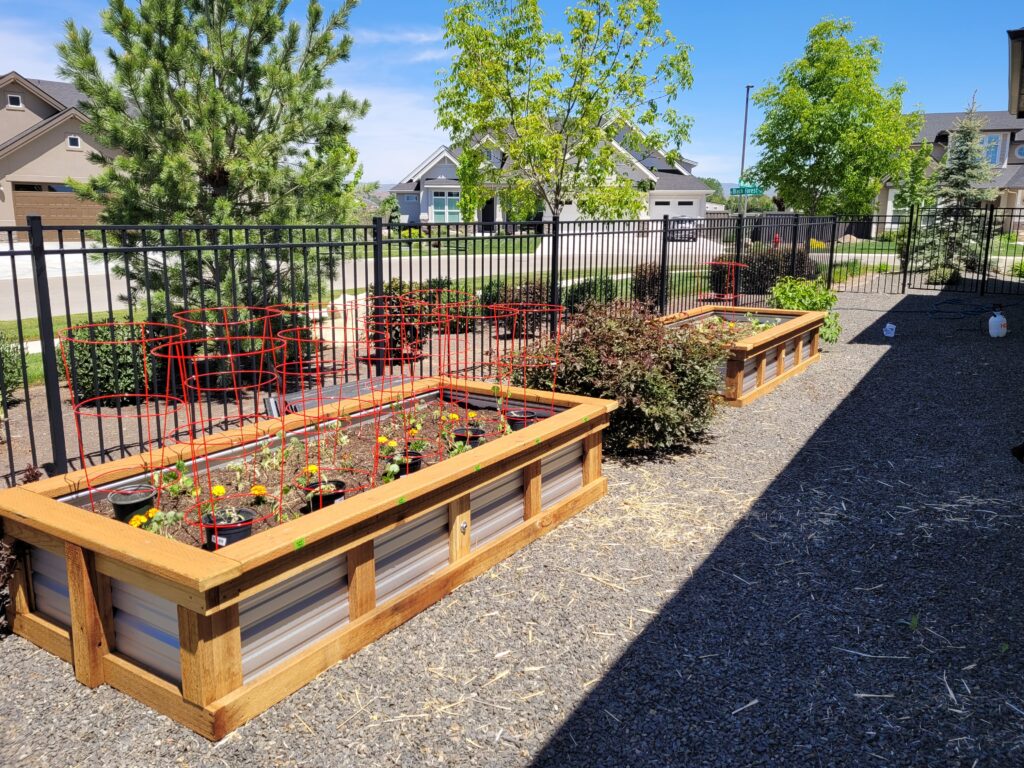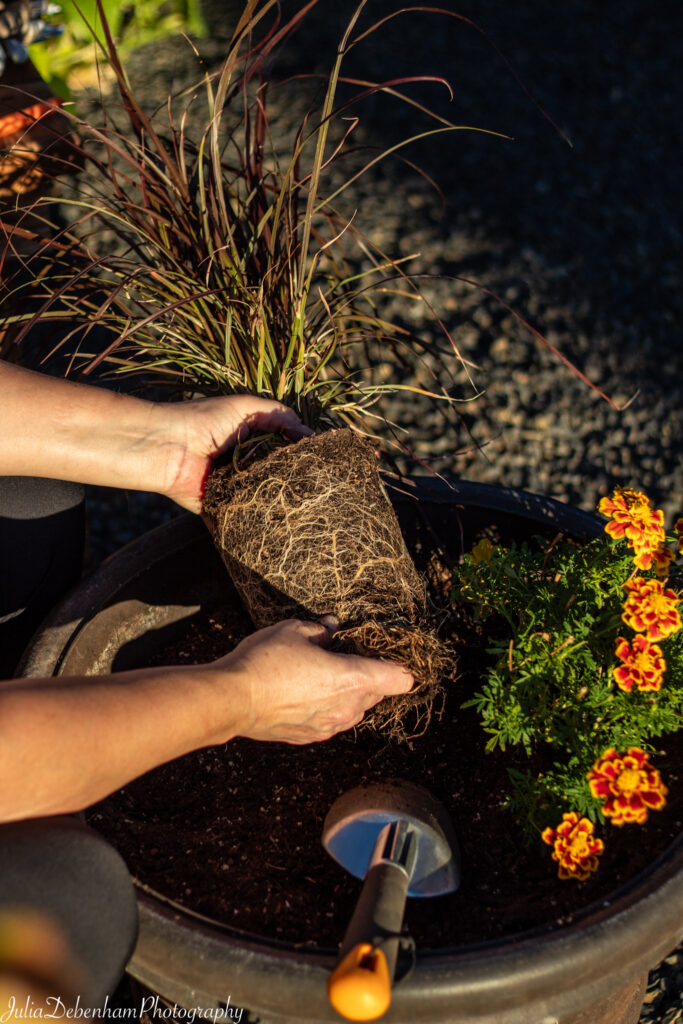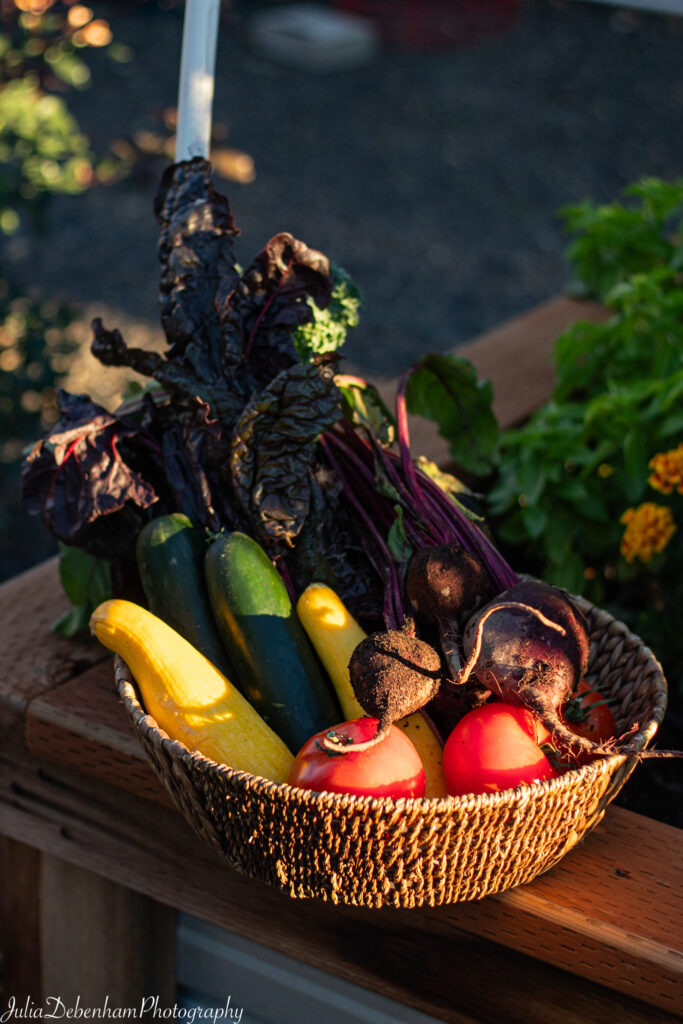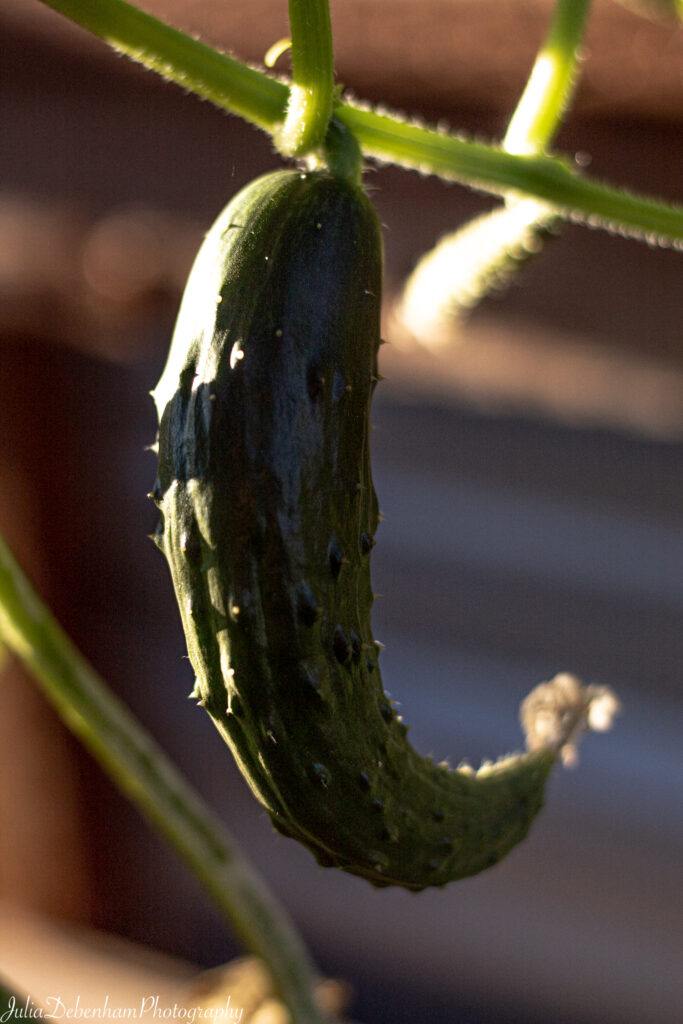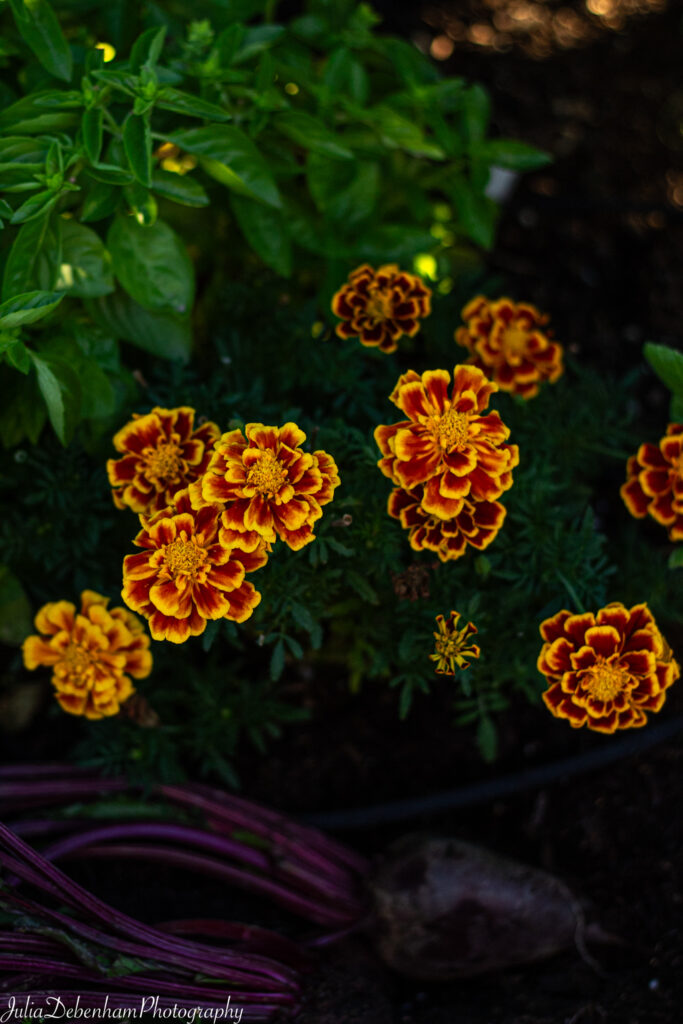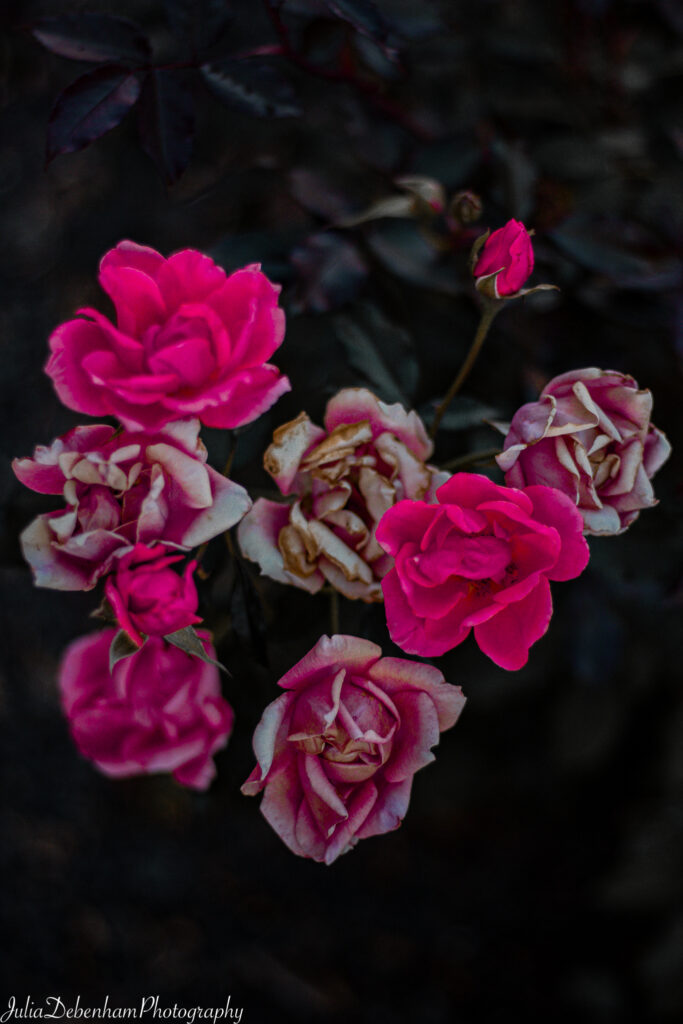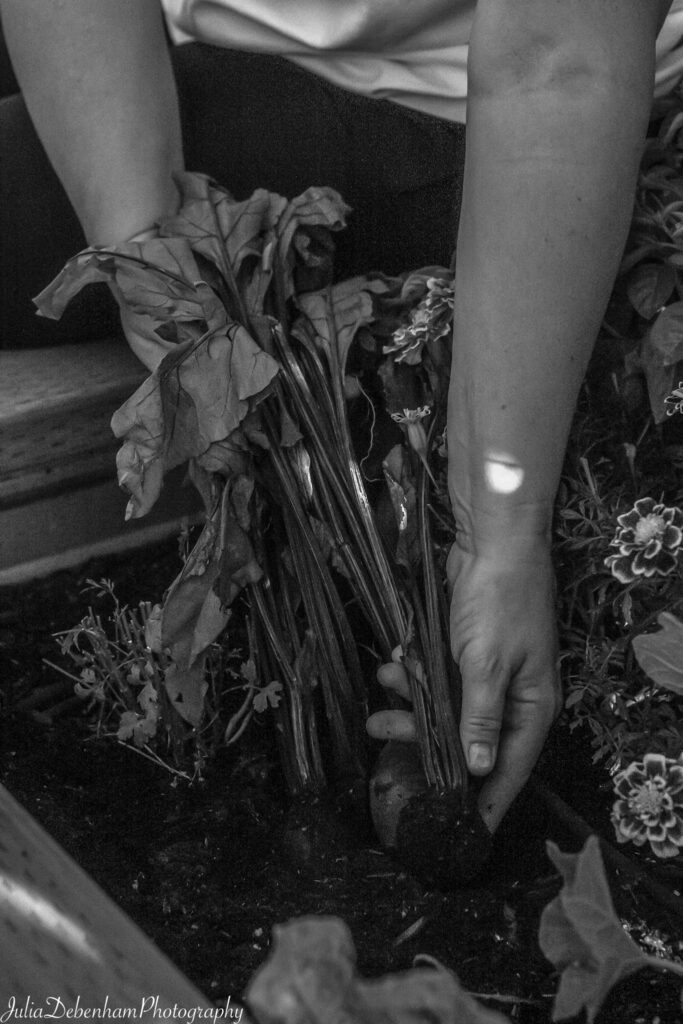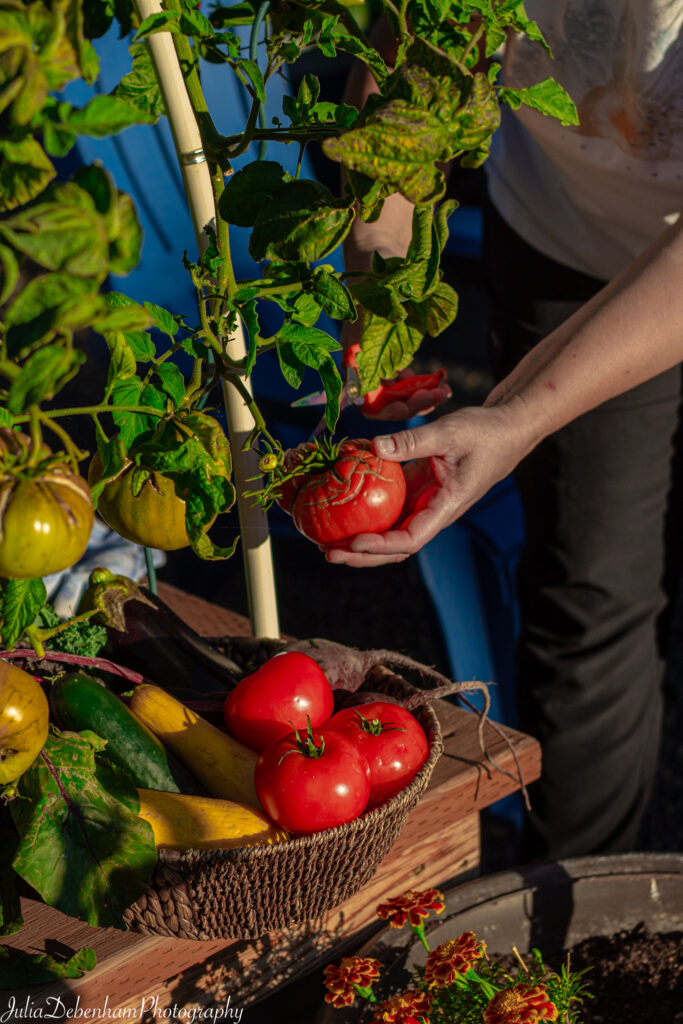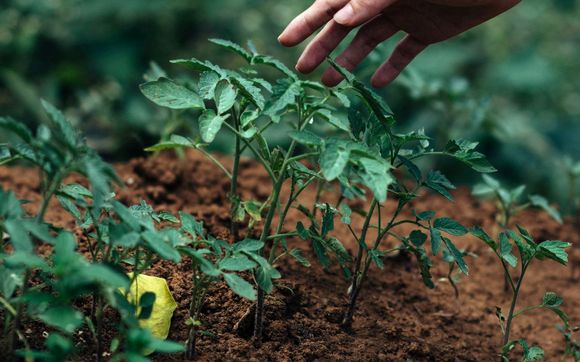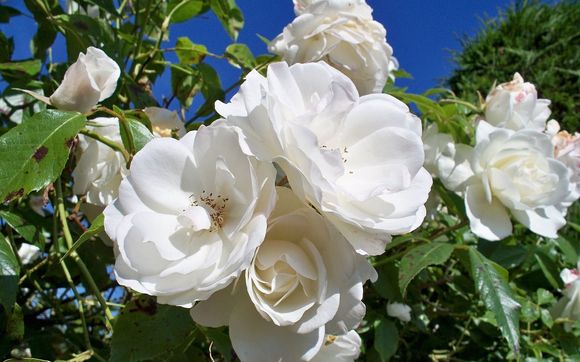Learn more about
quenched Plant and GARDEN Services
Hi neighbor, welcome!
If you’re wondering why your garden isn’t thriving…. or your landscape plants were doing great when they were planted, but not anymore…. or you’re not sure about when to prune and how to do it… you are not alone, and we can help!
I’m Chris, and my goal is to help you get the most out of your investment in your plants and garden, whether you are looking to have a service done for you, or want to learn to do it on your own.
It’s our pleasure to help you care for and choose plants that you invite into your yard that bring you joy. To create a thriving, beautiful landscape, it is essential to take into consideration our high desert climate and growing zone, alongside the sun/shade exposure in your yard, and watering/maintenance requirements.
Our team of professional gardeners helps Eagle homeowners with knowledgeable and reliable plant & garden services including garden consulting, 1:1 coaching, custom seasonal container plantings, landscape design, annual flowerbed design and landscape maintenance, and biologically and seasonally correct plant care.
Why choose Quenched? Here’s a secret: 🤫 generally speaking, employees of most landscape maintenance companies are seasonal workers, NOT professional gardeners.
I want to work with you! >>
Regardless of where you are on the garden path, I hope we are able to be of service to you. I invite you to follow along on social media for tips and tricks specific to our climate, and fun ideas to try in your own yard or garden!
Quenched, LLC is a local female-owned service based business in Eagle, Idaho.
Gallery
Browse our recent projects
Frequently Asked Questions (FAQs)
Start here! Your question may already have an answer.
